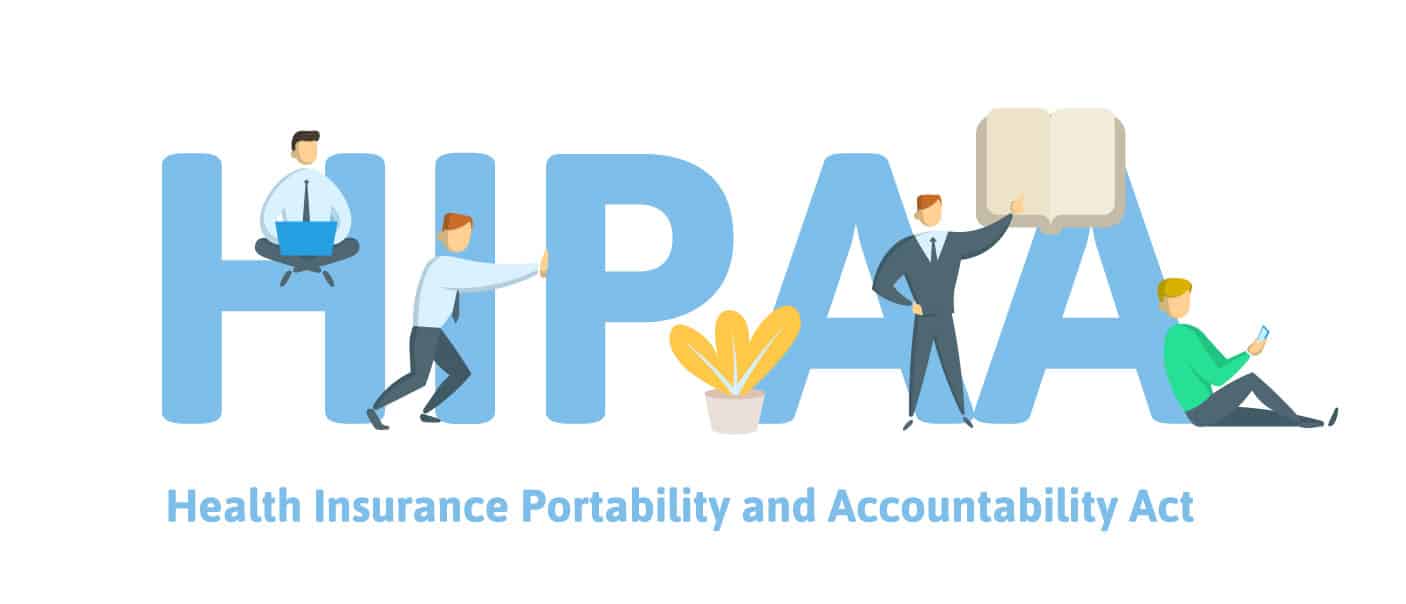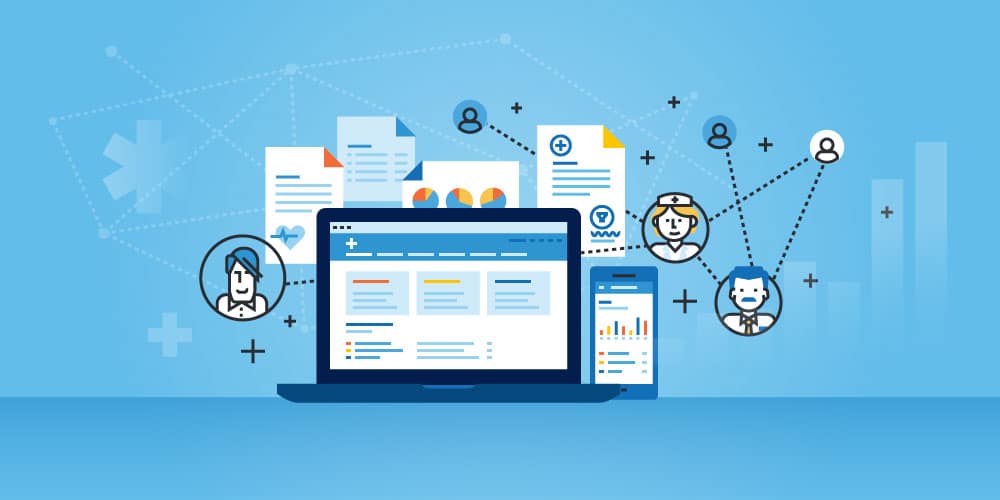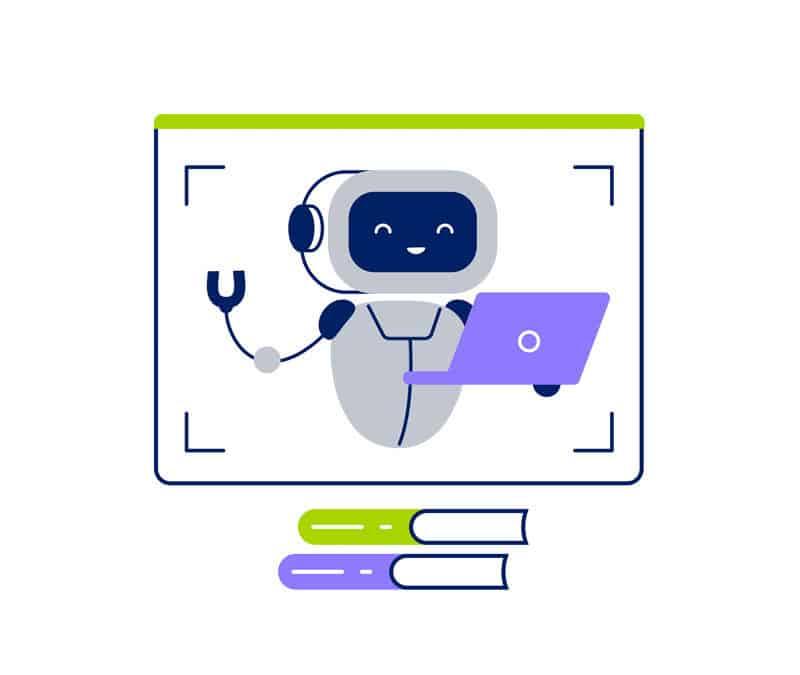
In 1999, the Department of Health and Human Services (HHS) passed the Health Insurance Portability and Accountability Act (HIPAA) as a measure to protect personal health information (PHI) and allow people control of their healthcare records. The HITECH Act was enacted in 2009 to accommodate advancements in technology, followed by the HIPAA Omnibus Rule in 2013.
Why HIPAA-Compliant Software Matters
HIPAA-compliant software enables HIPAA-covered entities (companies mandated to be HIPAA-compliant) and their business associates to share the data necessary for them to operate successfully in a way that complies with HIPAA rules and regulations.
Given the complexity and many gradations of HIPAA, software built within the compliance framework allows operators and users of the software to navigate through changes and security provisions with ease. This type of software also acts on behalf of an organization should there be an audit by the HHS Office, showing procedure compliance, training, and precautions are in effect and upheld. It is essential to note, however, that while an organization’s software product may be HIPAA compliant, that does not necessarily mean the organization itself is compliant.
The accelerated growth of telehealth (mid and post-pandemic) has made HIPAA compliance more crucial and complex than ever before. The greater frequency of electronic transmissions of PHI creates more opportunities for data breaches. In fact, the year 2021 saw the highest number on record of data breaches in healthcare. The higher number of remote healthcare employees, along with more patients accessing their health records via unsecured personal devices, calls for more layers of security to ensure privacy and compliance.
Required HIPAA-Compliant Security Rules
HIPAA was founded with two primary goals: privacy and security. The HHS has constructed five rules total to be applied to HIPAA as a way to enforce Administrative Simplification. It is crucial to consider each of these five rules when implementing HIPAA-compliant software, as failure to comply could result in fines or even jail time. The five rules are:
-
- Privacy Rule
The HIPAA Privacy Rule controls the release of protected health information (PHI) from covered entities by establishing boundaries on who can receive a person’s health information and under what circumstances. PHI can include a patient’s phone number, social security number, fingerprints, health insurance information, medical record numbers, and photos. - Transactions and Code Sets Rule
The Transaction and Code Set Rule are standards based on the electronic data interchange that regulates the electronic transfer of health information, without the involvement of humans. - Security Rule
The Security Rule applies to physicians and medical practitioners, requiring them to protect patients’ electronically stored records through safeguards put in place to guarantee the security and confidentiality of health information. - Unique Identifier Rule
To promote standardization and efficiency, organizations are required to have several unique identifiers; Employment Identification Number, National Provider Identifier, Health Plan Identifier, and Unique Patient Identifier. - Enforcement Rule
The Enforcement Rule establishes how healthcare practitioners will be held liable for breaches of HIPAA and what fines they will incur.
- Privacy Rule

Must Haves for HIPAA-Compliant Software
HIPAA-compliant software and apps need to meet several key criteria to be considered compliant. Below are some of the most important considerations:
-
-
- Disposing of the PHI information after use to avoid data breaches or misuse
- Stringent security, encryption, and ongoing monitoring for all networks and devices
- A robust auditing protocol allowing for additional management of how and where data is being used and identifying possible gaps in security before a breach occurs
- Document handling in strict compliance with HIPAA, ensuring security and accuracy
- Following HIPAA’s rules and regulations, accurate and updated user authentication is in place
- A recovery and backup plan to access PHI and essential data in the occurrence of a natural disaster, server failure, or other events
- Automatic log-off when a user completes a session
-
Development of HIPAA-Compliant Software
In addition to the many rules of HIPAA, there are other important factors to consider during the software development process. Decisions will need to be made regarding which process to use in developing the software, as well as the team, location of the build, and what foundations are needed for the software.
Scratch or Legacy Development
Developers must decide early in the process on whether to develop the software from scratch or implement the software on top of a legacy system. Regardless of which process is used, the top priority should be using a development team that has extensive experience and knowledge of HIPAA as a safeguard for the security and compliance of the software.
Building a new software system can be time intensive and require more resources, but it is often the best option when developing HIPAA-compliant software. Building from scratch allows the developer to adhere to the current and ever-changing HIPAA rules and guidelines, ensuring the utmost security and adherence.
Building compliant software on top of a legacy system has its own set of challenges. While the developer is able to use programming already in place, legacy software runs the risk of being outdated, rigid, and difficult to work with.
SEE IT IN ACTION: Sourcetoad built BeeSmart Rx, a HIPAA-compliant mobile application that allows patients or healthcare professionals to send prescriptions to multiple pharmacies. BeeSmart Rx includes a backend web app for pharmacies to receive and send notifications regarding prescription status.
Important Steps for Developing HIPAA-Compliant Software
-
-
- Always remember that compliance is an evolving process, not a fixed set of requirements.
- Establish, define, and understand what the security requirements are for the build team early in the planning process.
- Provide regular and consistent training – all team members should be thoroughly trained on the privacy and security of HIPAA to respond adequately to issues during development.
- Attack surface reduction gives hackers fewer chances to attack the software, minimizing risk and increasing data security.
- Threat modeling assesses all threats and possible attacks that might occur and puts proper controls in place to reduce the risk.
- Identify and document clear roles and responsibilities of working with your development partner.
- Complete a regular 3rd party audit of your software solution and company.
-
The software implementation and deployment processes are especially crucial in maintaining HIPAA compliance. Putting the safety measures in place at the onset provides compliance assurance and will help in confirming all measures are being satisfied. Schedule dedicated time throughout the build to allow for security testing and verification, which will create opportunities for the build team to catch errors or non-compliant programming quickly.
If you would like to learn more about developing HIPAA-compliant software, please reach out to us! At Sourcetoad, we have more than 15 years of software development experience and 275 custom software projects completed. We’ve worked with several clients and 3rd party auditors to create successful software projects and processes that satisfy HIPAA-compliance standards.


